Optimal Timing for Water Treatments
Water treatments are essential for maintaining water quality and safety in residential, commercial, and industrial settings. Proper timing ensures optimal effectiveness, prolongs equipment lifespan, and prevents issues such as scale buildup, corrosion, and microbial growth. Understanding the ideal periods for water treatment can lead to better water management and cost savings.
Water treatments are most effective when scheduled before seasonal temperature changes, such as before summer or winter, to prevent issues caused by temperature fluctuations.
High water usage periods, such as summer months, may require more frequent treatments to address increased demand and potential contamination risks.
Treatments should be timed based on water source quality, with adjustments made after heavy rainfall or drought periods to ensure water safety.
Aligning water treatments with regular maintenance schedules helps optimize system performance and prevent unexpected failures.
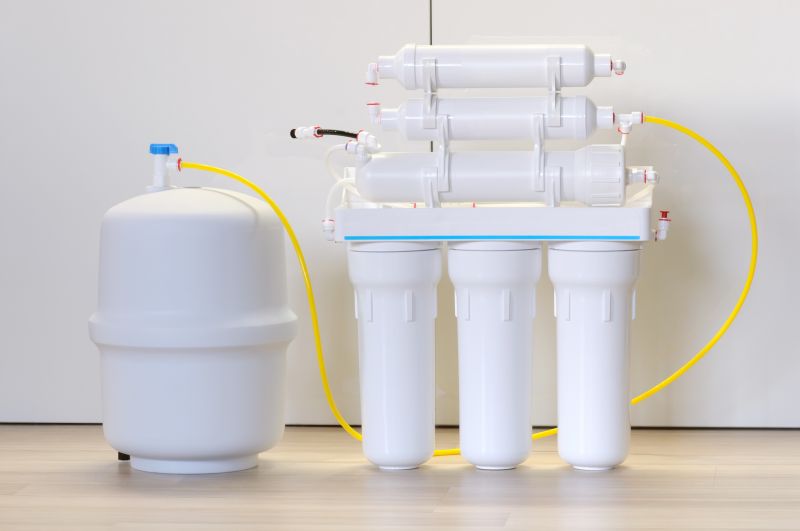
Filtration and chemical treatments are used to remove contaminants and improve water clarity.
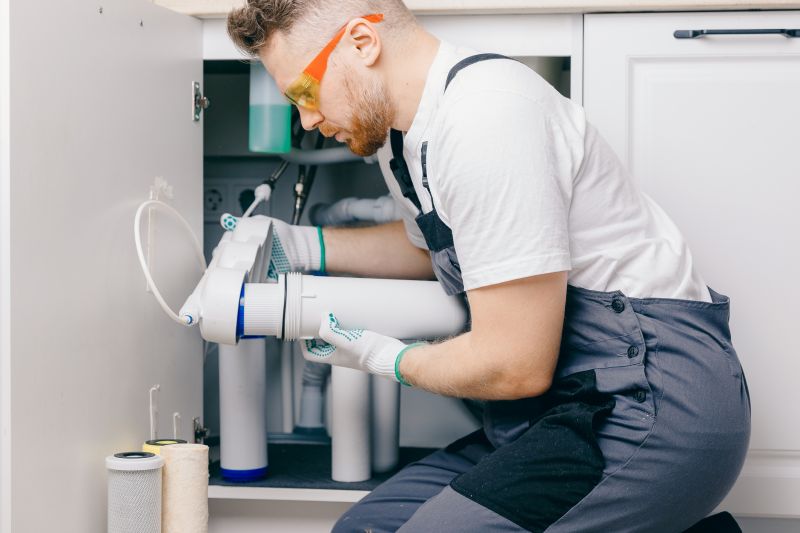
Regular testing identifies water quality issues and guides treatment timing.
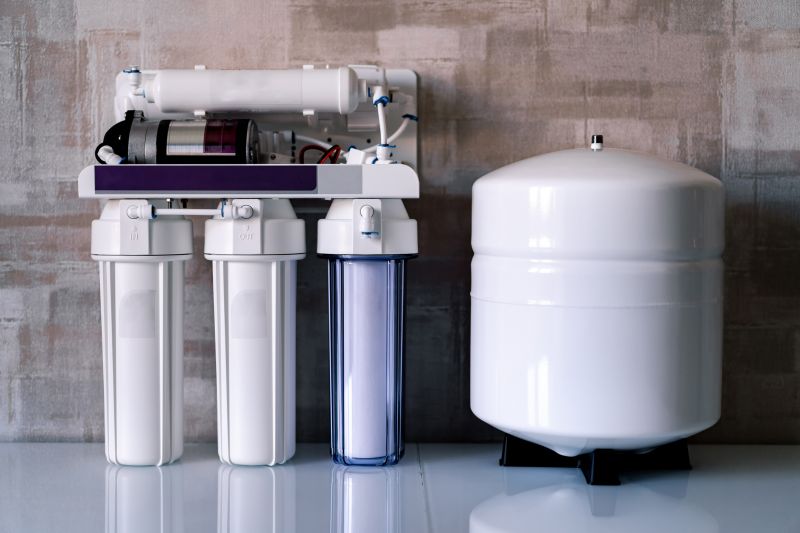
Properly maintained equipment ensures effective water treatment and system longevity.

Ways to make Water Treatments work in tight or awkward layouts.

Popular materials for Water Treatments and why they hold up over time.
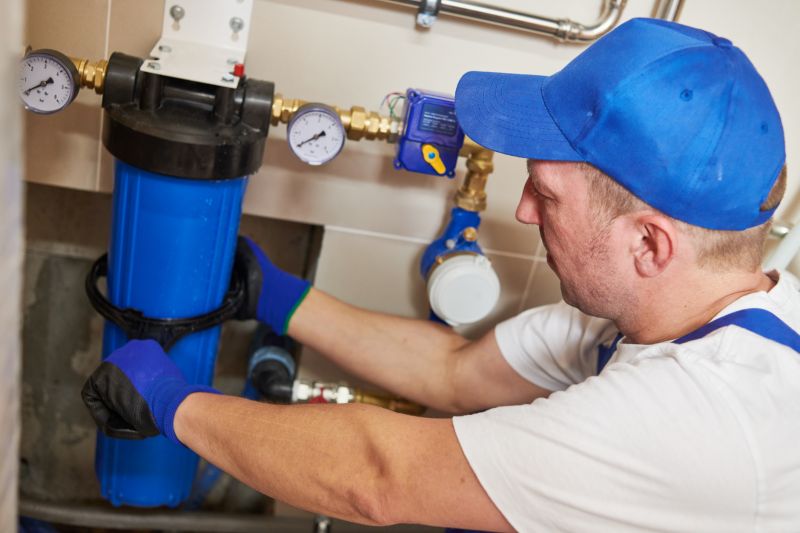
Simple add-ons that improve Water Treatments without blowing the budget.
| Timing Factors | Recommendations |
|---|---|
| Seasonal Temperature Changes | Schedule treatments before summer or winter peaks. |
| Water Usage Peaks | Increase treatment frequency during high demand periods. |
| Post-Heavy Rainfall | Perform water testing and treatment after heavy rain. |
| System Maintenance | Align treatments with regular system checkups. |
| Regulatory Deadlines | Plan treatments to meet compliance requirements. |
Water treatments involve processes such as filtration, chemical dosing, and disinfection to ensure water quality meets safety standards. These treatments help prevent health issues, protect plumbing infrastructure, and improve water clarity. Regular scheduling based on water source conditions and usage patterns optimizes treatment effectiveness and reduces operational costs.
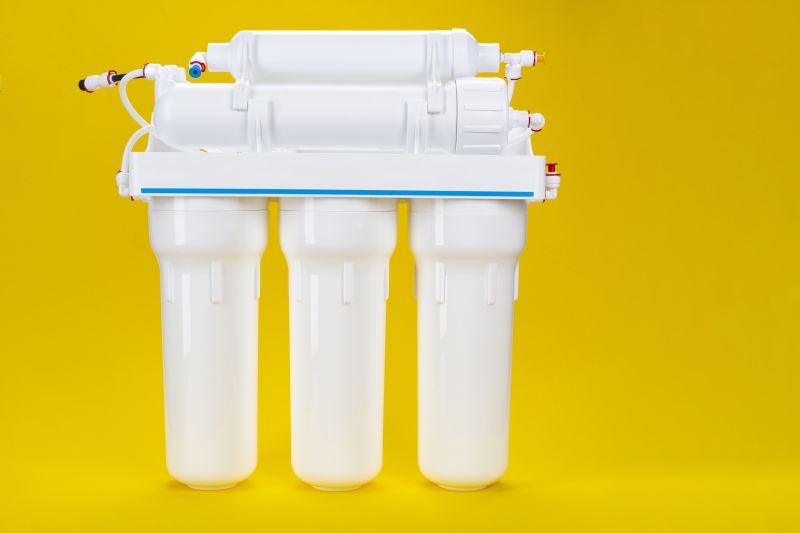
Remove particles and contaminants from water to improve clarity.
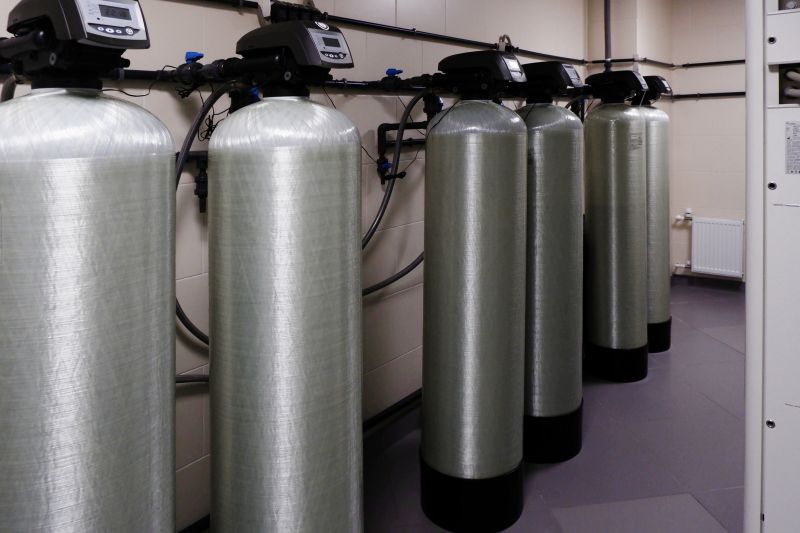
Use chemicals to control microbial growth and scale formation.
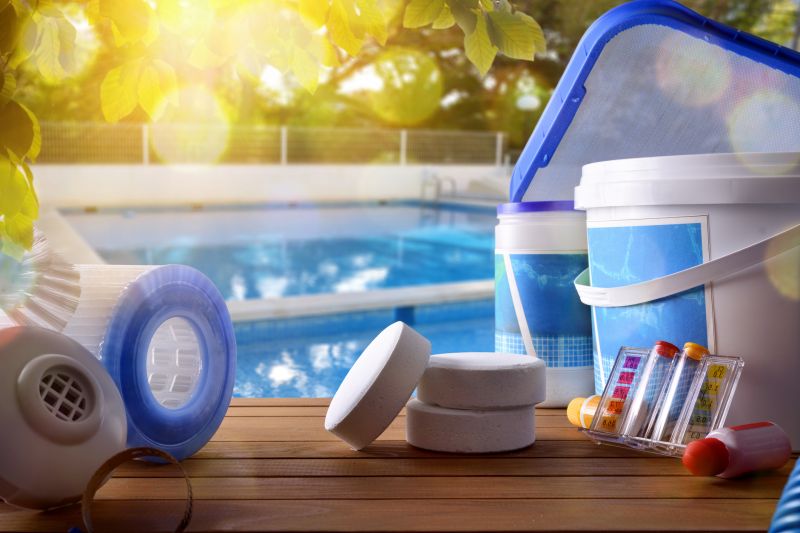
Apply UV, chlorination, or ozone to eliminate pathogens.
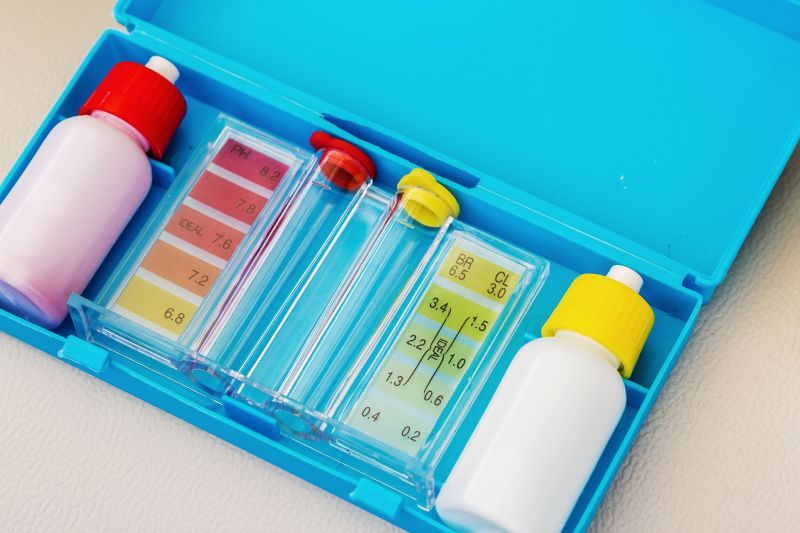
Tools used to monitor water quality and determine treatment needs.
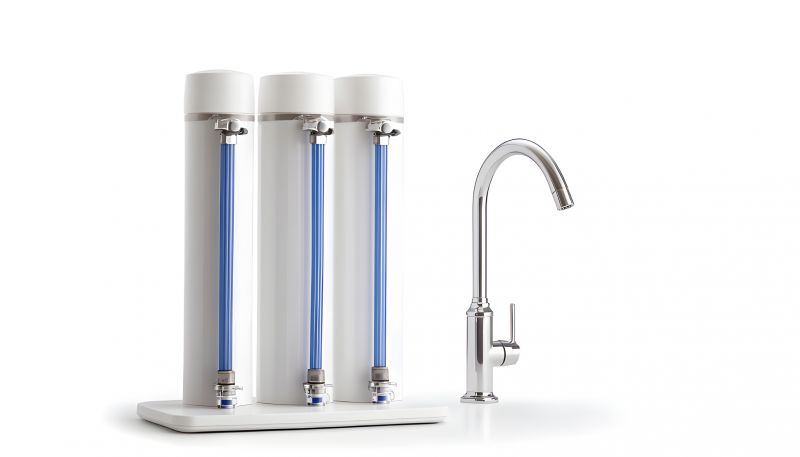
High-end options that actually feel worth it for Water Treatments.
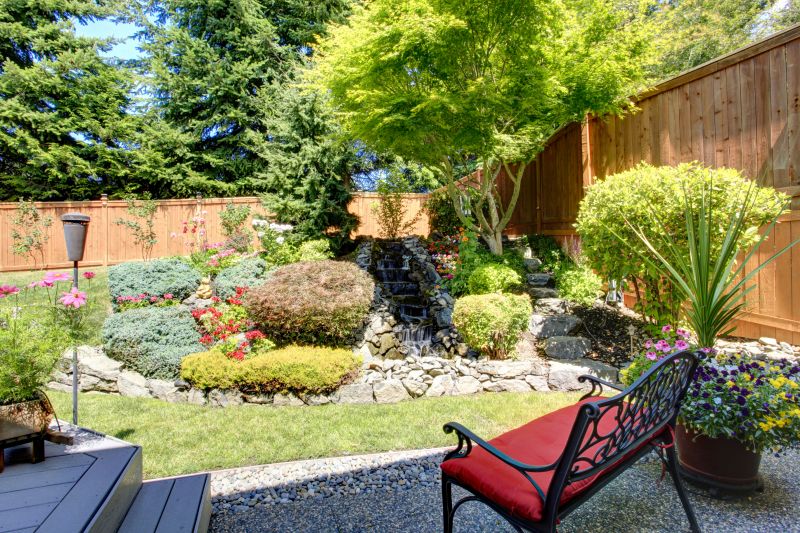
Finishes and colors that play nicely with Water Treatments.

Little measurements that prevent headaches on Water Treatments day.
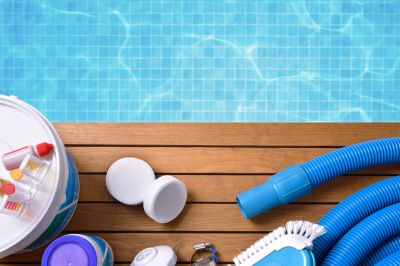
A 60-second routine that keeps Water Treatments looking new.
Effective water treatment is crucial for ensuring water safety and system efficiency. Proper timing, combined with regular monitoring and maintenance, helps prevent costly repairs and health risks. Tailoring treatment schedules to specific water source conditions and usage patterns maximizes benefits and maintains compliance with water quality standards.

Regular testing detects contaminants and guides treatment timing.

Routine upkeep ensures optimal performance of water treatment equipment.

Visual depiction of filtration and disinfection processes.
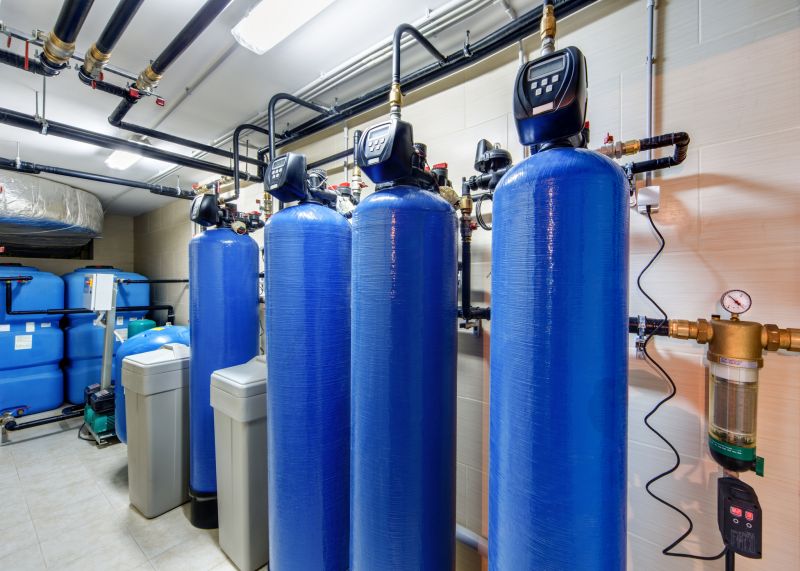
Before and after treatment images showing clarity enhancement.
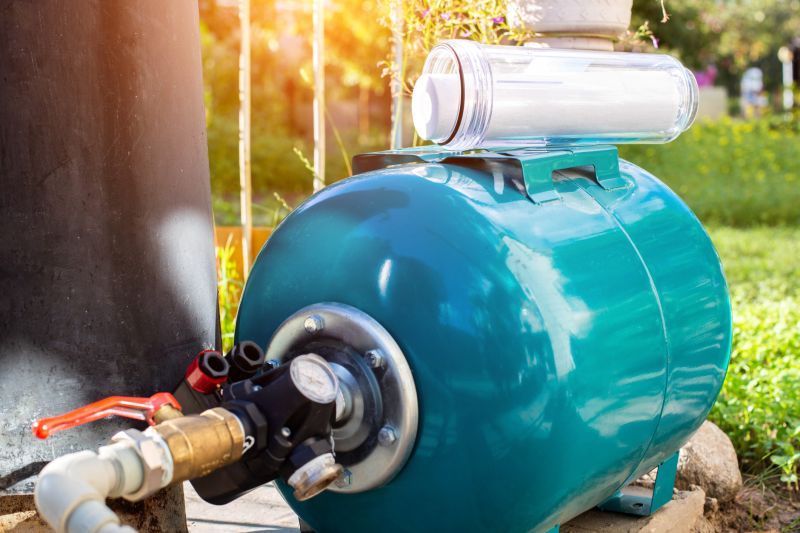
A frequent mistake in Water Treatments and how to dodge it.

Small tweaks to make Water Treatments safer and easier to use.

Lower-waste or water-saving choices for Water Treatments.
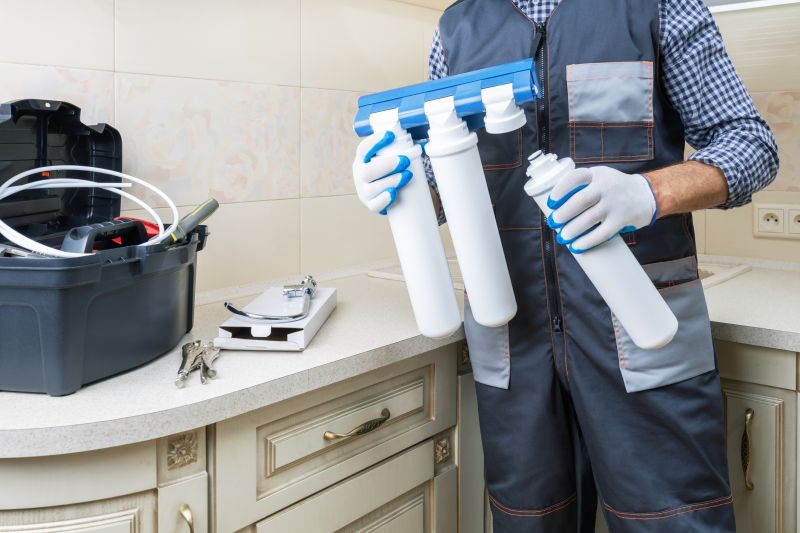
The short, realistic tool list for quality Water Treatments.
Interested parties are encouraged to contact for more information about scheduling water treatments. Properly timed treatments contribute to consistent water quality, system longevity, and compliance with health standards. Filling out the contact form provides an opportunity to discuss tailored treatment plans for specific water needs.

